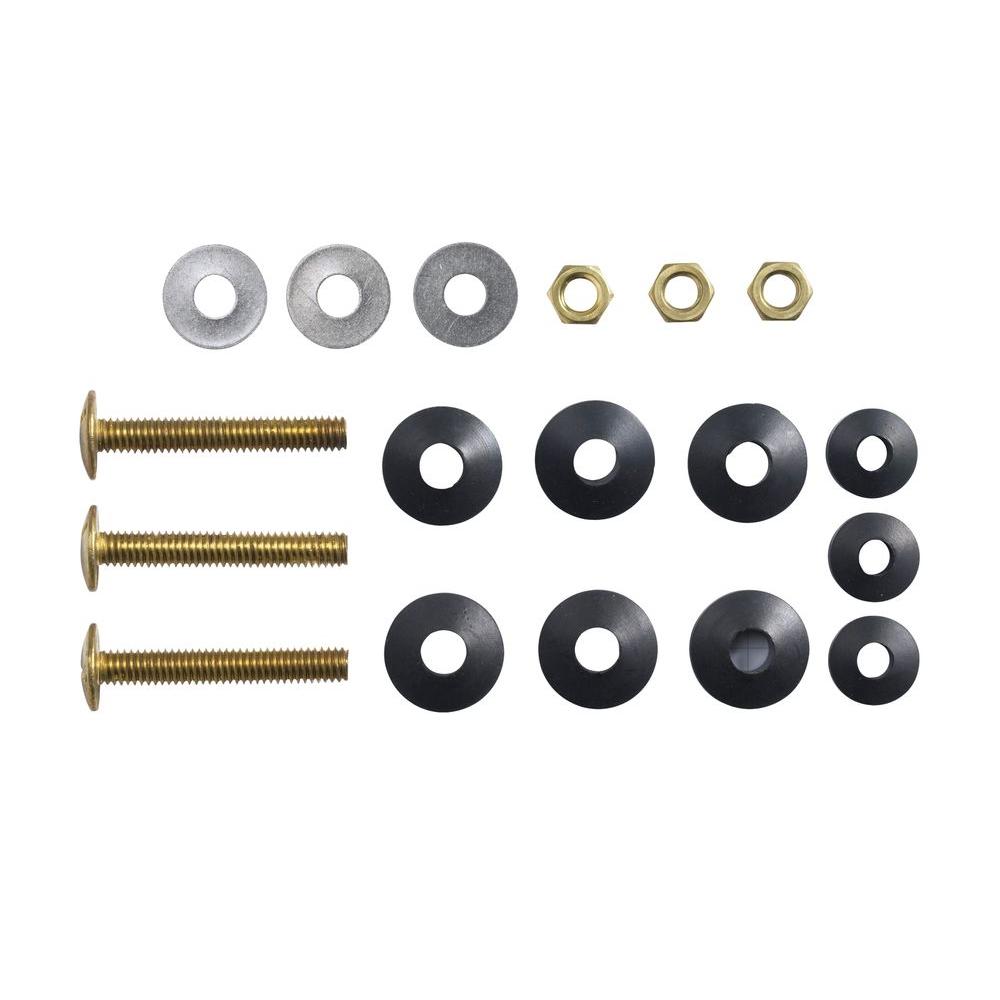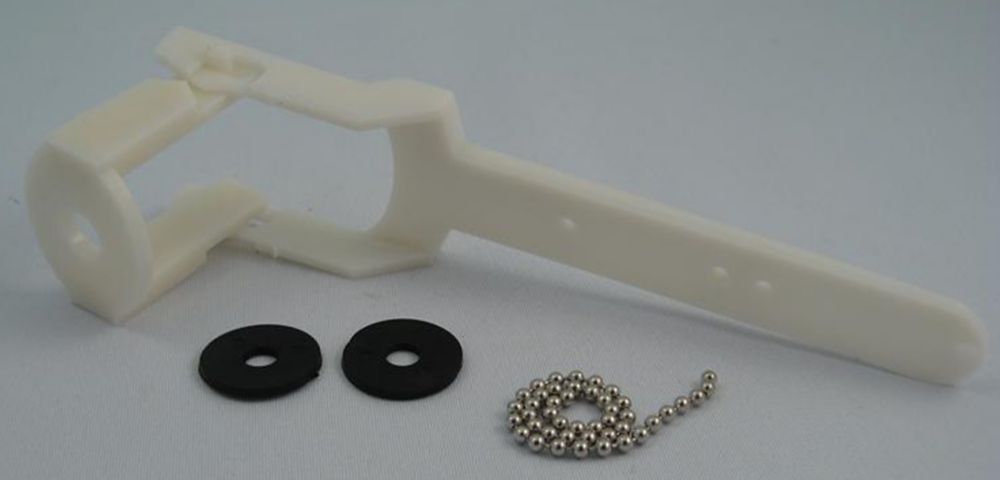

Removing and replacing toilet tank bolts means that you will also be removing the toilet tank and then installing it later. If on the other hand they are still leaking or you just want a long term fix, you need to replace them. If the toilet tank bolts have stopped leaking then you are home and dry.

If you have a wobbly toilet tank as a result of loose bolts, tightening them might be the only thing you need to do. It is however not every time that you have a leaking toilet tank bolts that you are supposed to replace them. Replacing it while replacing toilet tank bolts means you don’t need to replace it again for a couple of years. Any time you notice your toilet leaking between the tank and the bowl you will need to replace the spud washer. The spud washer prevents leaking between the toilet tank and the bowl every time you flush the toilet. This gasket is normally installed on the outside of the flush valve where the tank sits on the bowl. While replacing toilet tank bolts, it is also a good practice to also replace the toilet tank to bowl gasket. If you live in area with hard water you are more likely to experience this problem than people with soft water.

If however the bolts are old and corroded or if the washers are worn out, replace the bolts, washers and tank to bowl gasket. To fix leaking toilet tank bolts, start by trying to tighten them especially if the tank is wobbling. With time, the toilet tank bolts become loose, corroded or the rubber washers are worn out resulting in a leaking toilet tank. To avoid leaking, rubber washers are normally installed together with the bolts from the inside of the tank. If you ever notice water pooling around the base of your toilet, most likely it is as a result of a leaking wax ring, but it could also be that your toilet is leaking from the tank bolts.Ī toilet tank is joined to the bowl using 2 or sometimes 3 bolts.


 0 kommentar(er)
0 kommentar(er)
